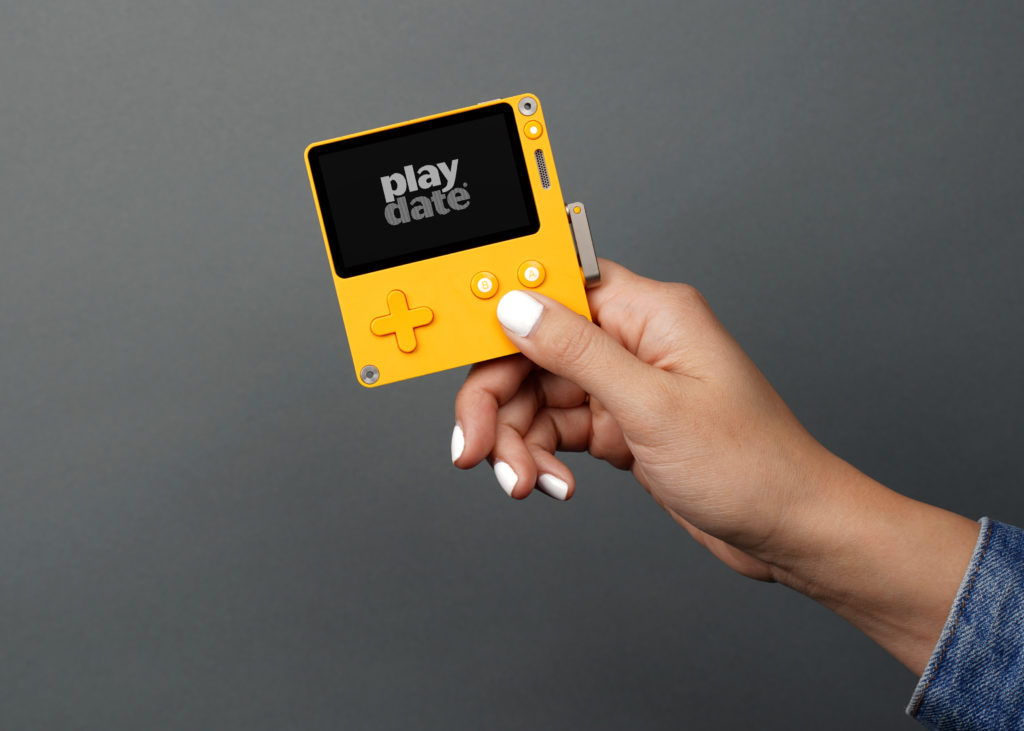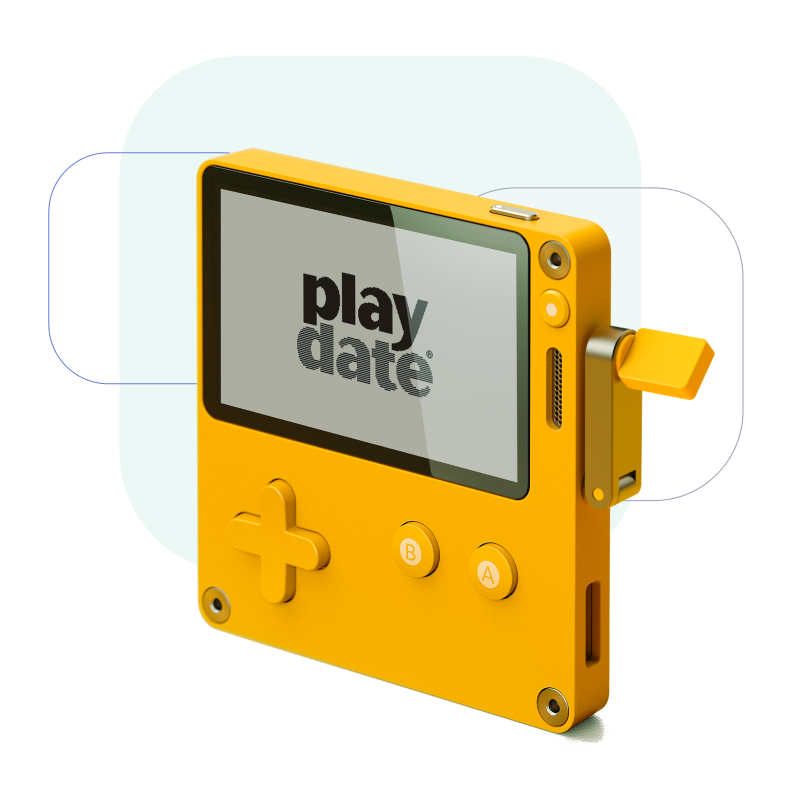Panic Launches First Handheld Video Game System with Memfault

About Panic
Panic is a Portland, Oregon corporation that relentlessly follows its heart in an effort to make nicely made things that bring everyday joy. Originally — and still — a Mac app developer, Panic has also become a highly-focused video game publisher. To date, Panic has helped put out into the world Firewatch, Untitled Goose Game, and the upcoming interactive food game, Nour: Play With Your Food. In the spirit of creating products that bring joy, Panic has been busy tinkering and finishing development of their very own handheld video game system, Playdate.
Company Profile
- Industry: Video Games
- Location: San Francisco, CA
- Chipset: STM32, ESP32
- Operating System: FreeRTOS
- Connectivity: Wi-Fi & Bluetooth
Benefits
- Faster issue discovery and resolution with coredump view
- Segmented rollouts & monitoring with cohorts
- Synergy between firmware & QA teams
Challenge
Panic knew that releasing a gaming device would present new challenges than they’d seen in the software world, but sacrificing product quality was not an option for them. To start shipping devices to customers, they knew they needed a way to deliver firmware updates so customers would experience a continuously improved product just like Panic’s previously released apps and games. When the Panic team also saw early on that it would be difficult to get useful crash reports from users, they realized they needed a more efficient way to monitor device metrics to catch issues before they became a larger problem.
Solution
To ensure they could ship a product that would exceed their customer expectations, Panic realized they did not have the resources and time to build these solutions in-house. Panic knew that Memfault’s all-in-one solution for debugging, OTA updates & device monitoring coupled with their understanding and passion of the embedded space would help make their first handheld gaming system a success. Memfault’s direct support for devices utilizing ARM Cortex-M MCUs and FreeRTOS made the decision a no-brainer and the integration easy for Panic.
“The interrupt blog posts show a lot of passion and understanding of the embedded development space, and their interest in sustainable firmware development makes me feel there is more to that passion than just pushing a product.”
Results
Using Memfault, Panic can now manage and optimize their devices without relying on the user’s explicit involvement providing a smooth experience for their gaming community. The company can easily monitor each device’s health in their fleet, push new updates to their users, and quickly debug any issue that arises all on the Memfault platform.
Memfault has helped increase synergy between teams at Panic. As the QA team distributes builds to test devices and collects crash reports, the firmware team uses Memfault’s dashboard to monitor the devices, track issues, and push firmware releases out. Being able to split devices into cohorts, or a group of devices, while monitoring and pushing out new updates has been extremely useful for both teams to work together efficiently.
“The Memfault team was a big help with the integration of the Memfault SDK in our firmware, and the example implementations were a great reference along the way.”

Get started with device observability now
Whether you're releasing a new gaming system or a Bluetooth speaker, you can reduce risk, ship products faster, and resolve issues proactively by implementing Memfault during development.
Sign up free